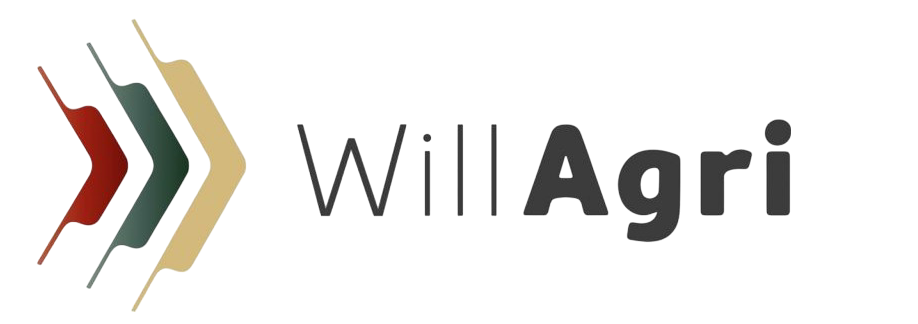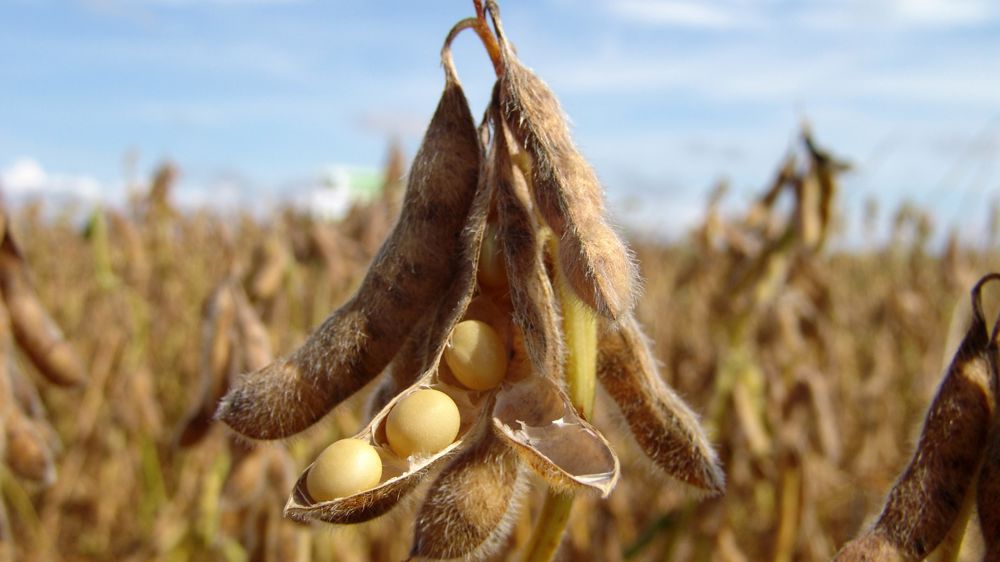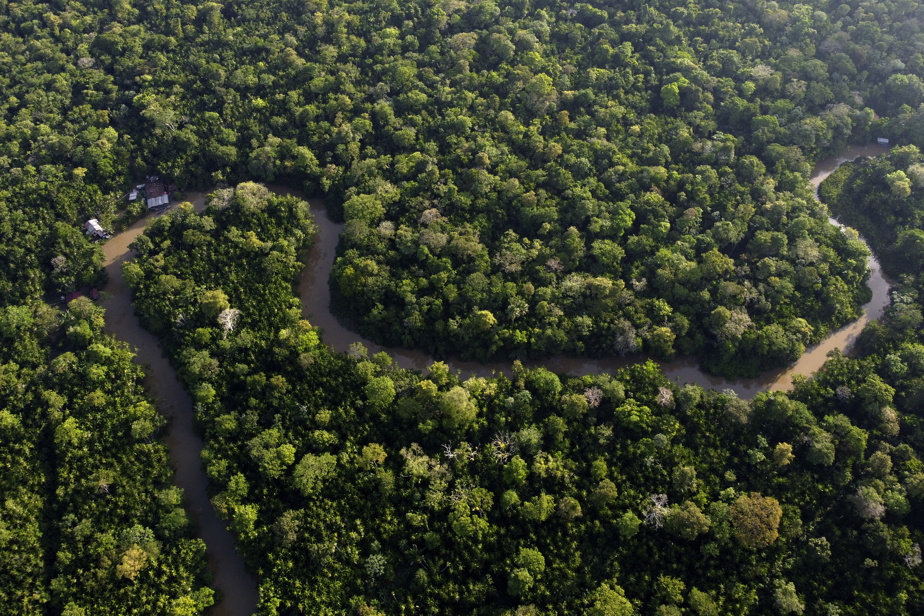With 35 times fewer phosphate reserves than Morocco, Saudi Arabia aims to play a growing role in the global fertilizer industry, Since the price and supply shock in 2022, due to the war in Ukraine, the cards have been reshuffled on the global fertilizer market. According to data provided by the firm, the Middle Eastern country’s contribution to global exports increased from 2% to 5.7% between 2019 and 2023. Relying on phosphate reserves (8th largest in the world) and the low-cost availability of natural gas supplied by the national company (Saudi Aramco), the country has invested massively in its industrial capacities. This ranges from the recovery of rock into phosphate concentrate to the production of phosphoric acid, sulphuric acid and ammonia which are used in the manufacture of fertilisers.
Two state-owned companies, Ma’aden and SABIC Agri-Nutrients, are at work. The former has injected more than $8 billion into the construction of the Wa’ad Al Shamal Industrial City industrial park and produces about 3 million tons of diammonium phosphate (DAP) through its 7 plants. For its part, SABIC Agri-Nutrients is active in the production of ammonia and urea and has been operating since 2021, after the takeover of all fertilizer activities from its parent company, as an integrated entity in the fertilizer sector. According to GSA, the strategy of this duo has enabled the Kingdom to almost double its exports of fertilizers of all types between 2020 and 2022. In 2023, the volume of fertilizer shipped to the world reached 6.86 million tons for a value of $4.5 billion.
Saudi Arabia is particularly focused on Africa. With the acquisition of companies already established at a sub-regional level such as Meridian Fertilizer Group and ETG Inputs Holdco Limited, Saudi Arabia currently accounts for 10% of the fertilizer market in Africa. While this percentage remains lower than the 15% of OCP, which, through its subsidiary dedicated to Africa (OCP Africa), has invested in fertilizer plants in West Africa (particularly in Nigeria and Ghana), Saudi companies are strengthening their presence in Southern Africa with South Africa and Mozambique, but also in East Africa (Kenya and Tanzania).
Despite the rise of Saudi Arabia, market observers indicate that OCP still has room for manoeuvre on the continent and has a major advantage in the overall market. It has phosphate reserves representing 73% of the world’s stock, according to estimates by the US Geological Survey and remains the world’s largest producer of phosphate and its derivatives, with nearly 30% of the world market. The Moroccan company also intends to strengthen its presence in the coming years with the announcement of its ambition to increase its fertilizer production capacity by 9 million tons by 2028.
Source: Ecofin Agency




